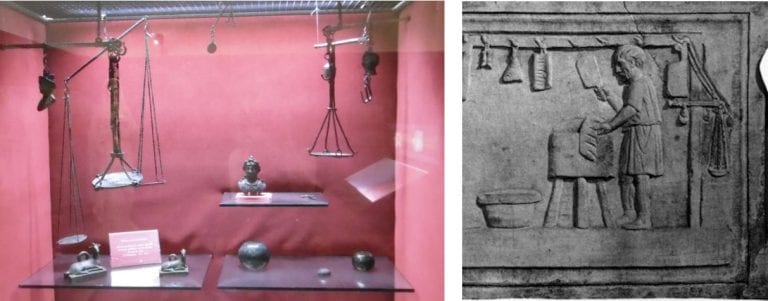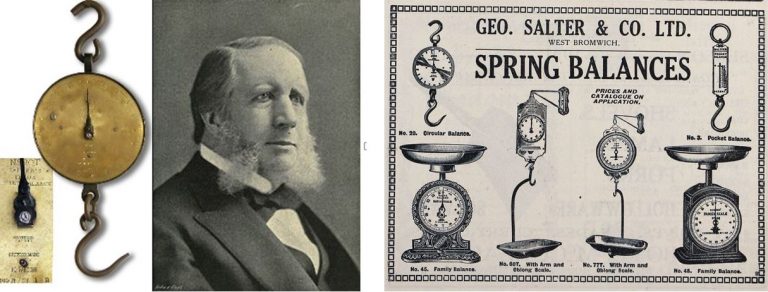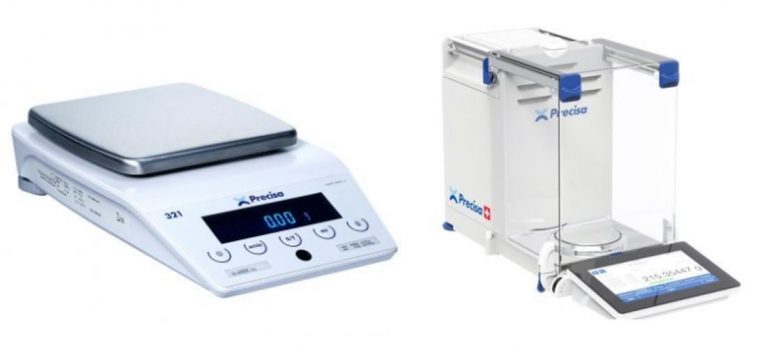The History of the Weighing Scales
This article will explore the history of the weighing scales, looking back to its origins and how it has developed over the millennia to become the instrument we know today.
The most ancient relics of a weighing scales have been discovered in the Indus River Valley, near present day Pakistan, dating back to around 2,000 B.C. As trade developed during the ancient times, merchants developed a need to assess the value of goods such as crops, clothing and gold, in order to barter for their goods. The early devices used a simple, yet effective, system which relied on balancing goods. They consisted of two plates attached to an overhead beam which was fixed on a central pole. Measurements were taken by placing the measured object on one plate and weight stones on the other, until an equilibrium was reached. Archaeologists have discovered these uniform, polished stone cubes in early settlements.
Furthermore, in certain civilisations such as among the Egyptians, where scales can be traced to around 1878 BC, weighing balances had strong symbolic and spiritual significance. These murals depict the balance used by the Egyptian God Anubis to weigh the hearts of the deceased when deciding which are worthy of entering heaven.
In China, the earliest weighing balance excavated was made of wood and used bronze masses. It was found in a tomb dating back to the 3rd to 4th century BC in Mount Zuojiagong near Changsha, Hunan.
When the Romans invaded Britain, stone weights were replaced with more accurate metal weights and a system of measurement was imposed to eliminate dishonest weighing practices by the merchants. The image below on the left shows the weights cabinet at the Museum of Naples, depicting the types of metal scales used during the Roman times, and on the right is a Roman carving showing a butcher with his weighing scales behind him. These practices first enabled the commodities market and the wheels of industry that we know today.
This system could be accurate but was also easily cheated, with the most famous example of a rigged weighing balance being when Celt Chieftain Brennus captured Rome in around 390 BC and demanded a ransom of 1,000 pounds of gold, for which he was accused of using fixed weights. Traders would often carry their own inaccurate weights to work in their favour, which led to the need for a more accurate system, and the standardisation of weights was a preoccupation of governments throughout this period. A number of scale varieties each boasting advantages and improvements over one another appear throughout recorded history, with inventors such as Leonardo da Vinci lending a personal hand in their development.
Despite this, until the seventeenth century AD, the advances in weighing scale design and development were essentially all variations of the balance scale. A more precise method of weighing did not arise until the late 17th Century, when the industrial revolution was beginning to bring major technological improvements. Following the invention of the spring scale by British balance-maker Richard Salter, in around 1770, the weighing balance no longer relied on counter weights. The spring scale used the effects of gravity to calculate weight, as defined in Hooke’s Law which determines the displacement of force on the spring. It works by measuring the pressure exerted on a spring to deduce the weight of an object. The scientific plausibility of spring scales led to them becoming the most commonly used form of commercial and domestic scale and they are still commonplace today due to their low cost.
In the past century, the recent development of the modern digital weighing balance has seen a shift from generalised weight calculation to the ability to precisely measure weight down to a molecular level. Unlike spring-based scales, the accuracy of a digital balance is not affected by variations in the local gravitational field. They use electrical resistance to detect variations of conductivity according to the pressure put on the scale. The creation of the first digital scale remains unclear, but in 1980 Richard Loshbough and Edward Pryor were the first to request a patent for their digital scale.
An analytical balance is a class of balance designed to measure small mass in the sub-milligram range, which works by measuring the force needed to counter the mass being measured. The first single-pan analytical balance which most closely resembles those found in laboratories today was first manufactured in 1945. However, the furthest advancements in weighing balances that we have seen to date relate to the integration of advanced touch screens and the ‘Internet of Things’ (IoT) enabling many more advanced balances to be connected to the Internet, greatly assisting the analysis of data.
Precisa’s Modern Weighing Balances
Thanks to these historical developments, Precisa has been manufacturing balances since 1935, producing a state-of the-art product range which reflects traditional Swiss characteristics such as precision, quality and reliability.
We produce a wide range of Analytical and Precision balances which measure to a high degree of precision and are ideal for use across a wide range of industries. A Precisa Analytical Balance is highly sensitive, with a readability of up to 0.0001g, whilst a precision balance measures to the nearest 0.001g.
Why not have a browse of our modern weighing balances. Please do not hesitate to contact a member of our team for more information about any of our products.
If you have enjoyed reading this article about the history of the weighing scales, please take a moment to join us on social media to be the first to hear about news and research.







